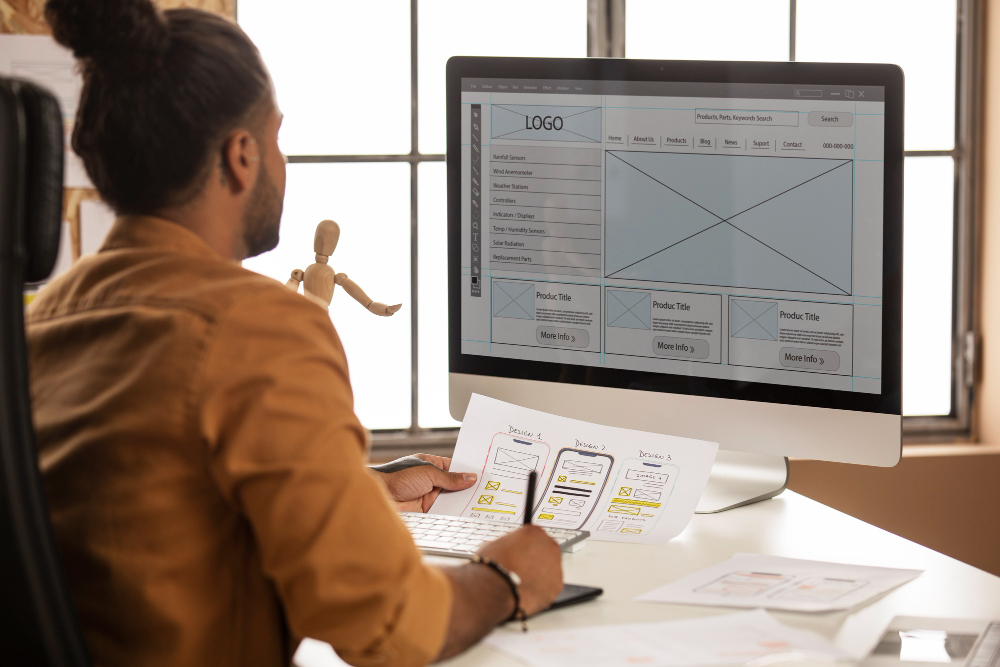
When it comes to designing a website, the focus should always be on the user experience. User centered design is an approach that puts the needs and preferences of users first in every aspect of web design. By understanding your audience and their preferences, you can create an engaging and effective website that meets their needs. In this guide, we'll be exploring user-centered design and the steps you can take to create a website that is guaranteed to impress your audience.
Step 1: Understand your audience
It’s essential to understand your audience before designing your website. Who are your target users? What kind of content they expect to see on your website? What are their preferences in terms of design, layout, and functionality? Conduct some research, such as customer surveys, focus groups, or social media analytics, to gather insights into what your audience wants. This information will help you design a website that meets the needs and preferences of your target users.
Step 2: Create User Persona
A user persona is a fictional representation of your ideal customer who embodies the characteristics of your target audience. By creating a user persona, you can gain insight into the motivations, needs, behaviors, and preferences of your target audience. This information can help you make informed decisions about how to design your website and the kind of content to showcase.
Step 3: Develop a User Flow
A user flow is a visual representation of how a user navigates through your website. It’s essential to create a user flow to ensure that your website is user-friendly and easy to use. A well-executed user flow will help you identify where users might experience pain points or barriers to conversion. By understanding the user flow, web designers can remove friction and make the user journey as smooth as possible.
Step 4: Focus on Accessibility
Accessibility means designing for everyone, regardless of their abilities or disabilities. It's crucial to ensure that all users, regardless of their disabilities, can access and use your website's content. A user-centered design will take into consideration with the right color contrast, proper use of headers, and alt text for images that make your website accessible to everyone.
Step 5: Test and Iterate
Once you've designed and launched your website, your work isn't over. Be sure to conduct regular usability testing, user surveys, and analytics tracking to ensure that your website is meeting the needs and preferences of your audience. From there, you can make changes and test which version works better with your target audience.
Conclusion
In conclusion, User centered design is a crucial aspect of creating an engaging and effective website. By understanding your audience's needs and preferences, you can create a user journey that is seamless and enjoyable, leading to higher engagement, conversions, and sales. Implementing the above steps will ensure that your website is user-friendly, accessible, and meets the needs of your target audience. If you're looking for professional and reliable web design in Orlando, FL, and beyond, REK Marketing & Design is here for you. Contact us today to learn more about our user-centered design approach and how we can help you achieve your web design goals.